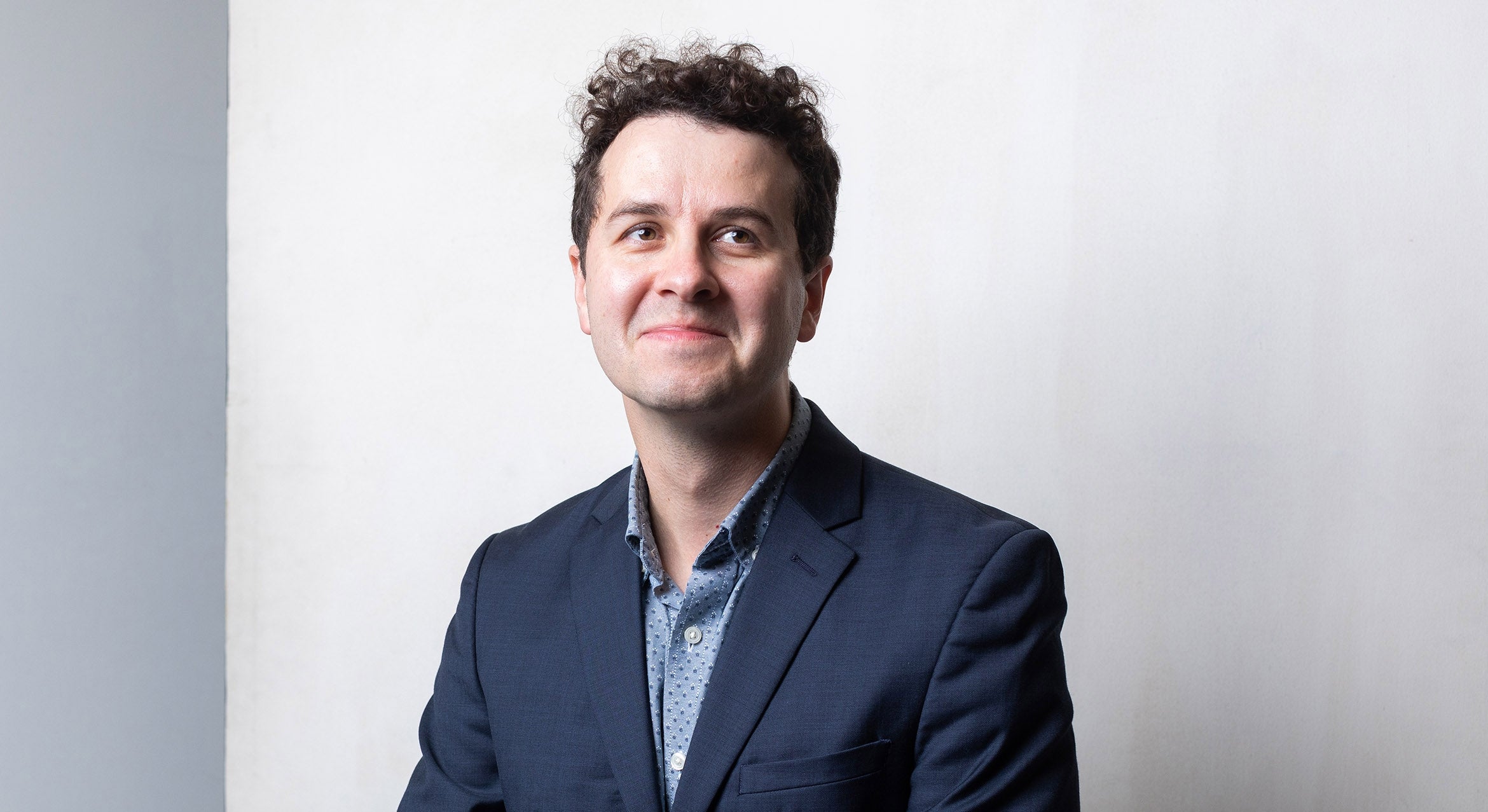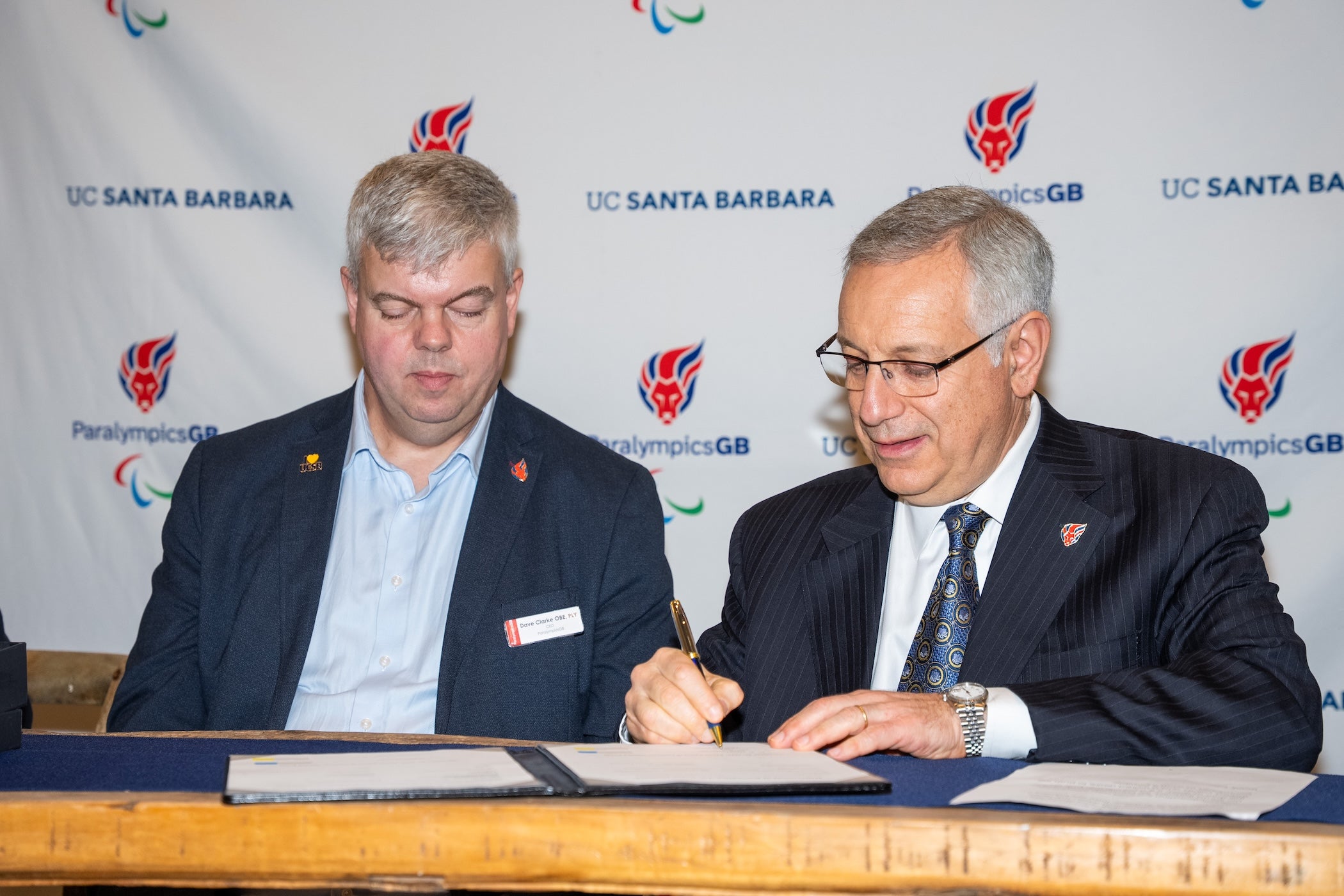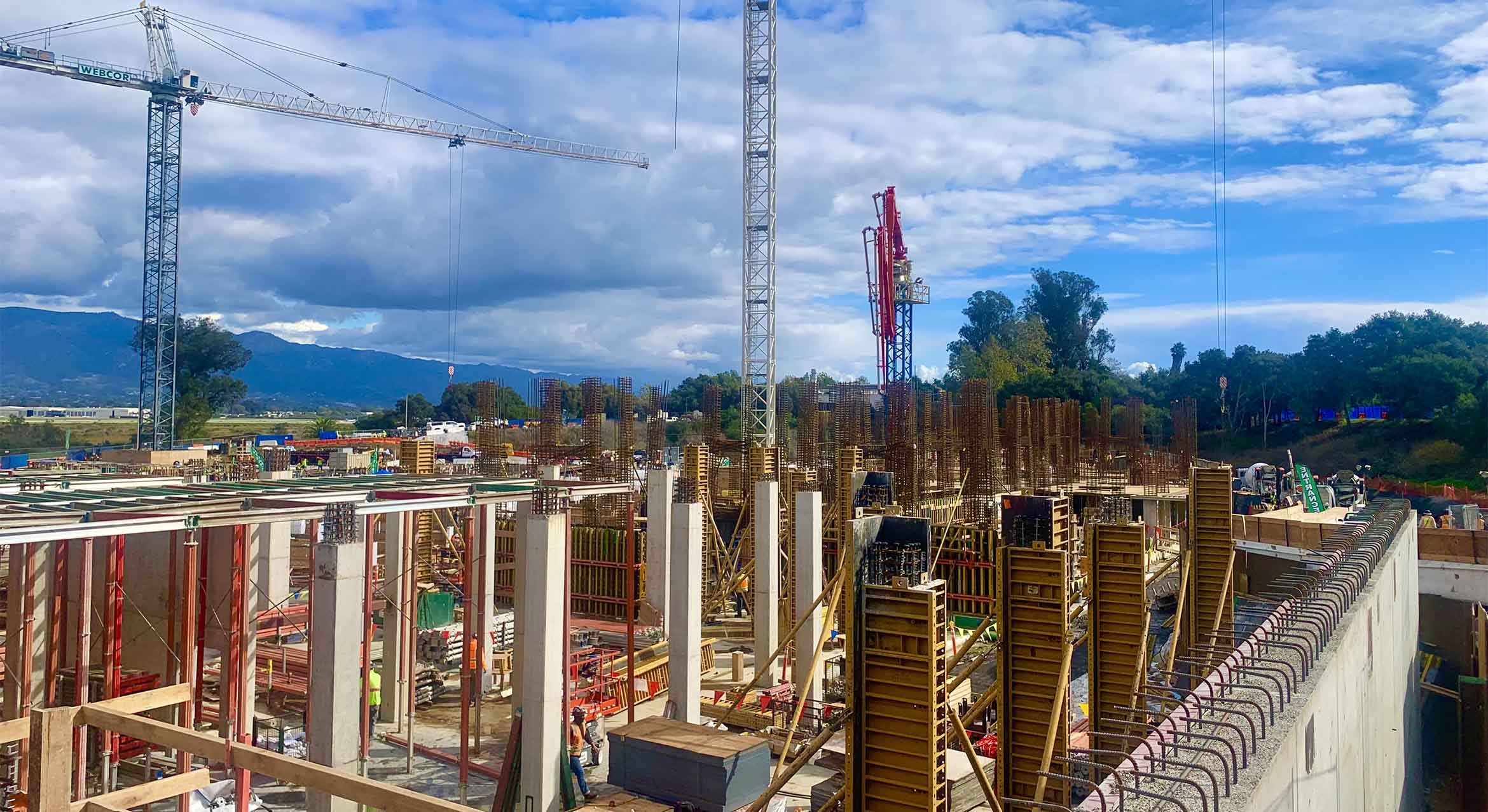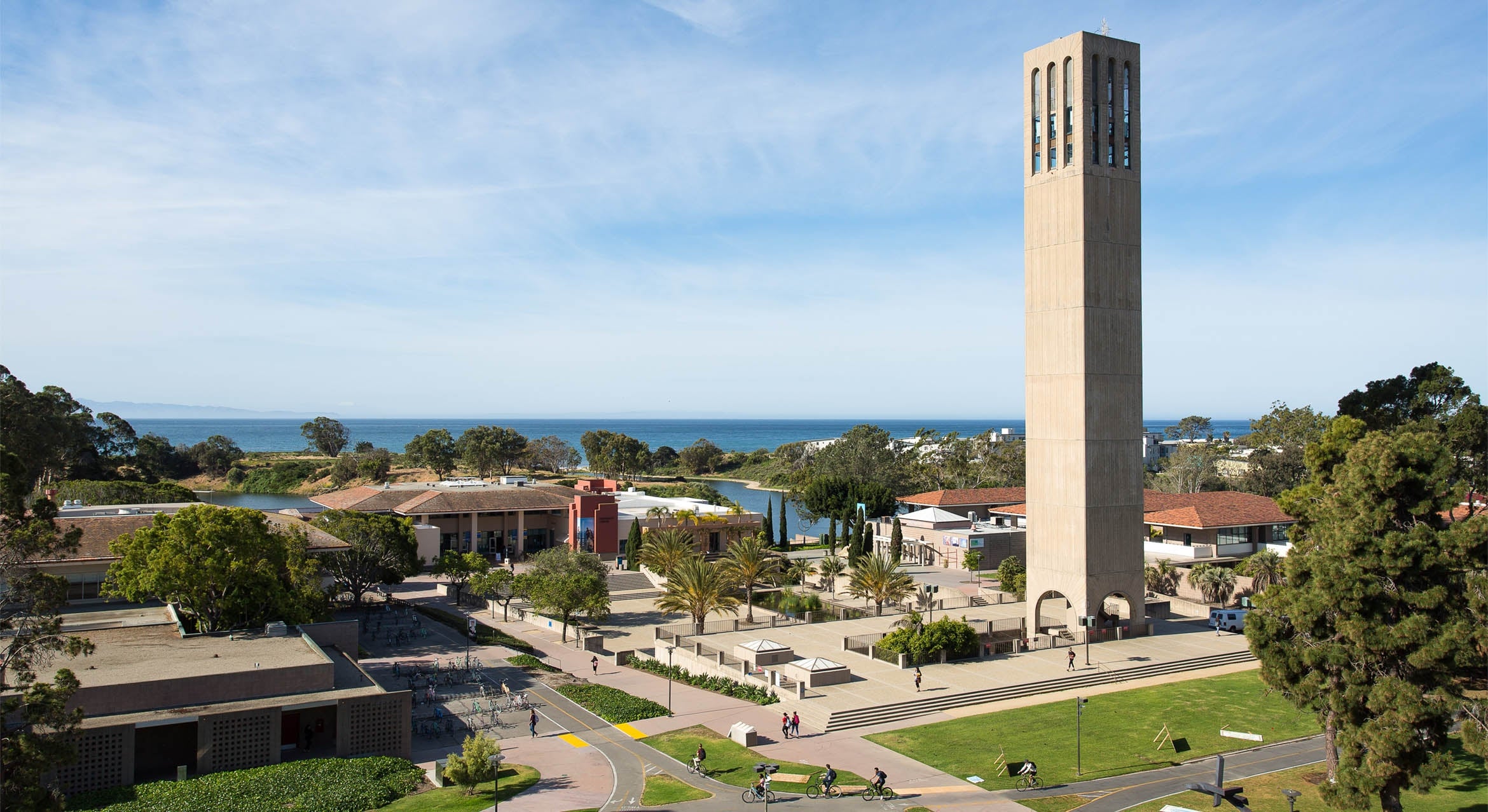
Santa Barbara’s year-round sunshine and good weather make it an attractive tourist destination and a paradise for UC Santa Barbara’s campus community. However, the Southern Californian climate is inseparable with the cycle of wildfires that grip the state every year. Fortunately, the geography and meteorology of campus make it a safe haven from brush fires, and the university has extensive preparations to respond in the unlikely event that a wildfire were to threaten the campus.
“With its proximity to the ocean, our campus has its own unique microclimate and fuel/vegetation type,” said Garry Mac Pherson, UCSB's vice chancellor for administrative services and a former longtime director of fire safety for UC San Diego and San Diego County. “As such, the fuel moistures of the vegetation near UC Santa Barbara are frequently higher, allowing them to behave slightly differently than the vegetation that appears throughout Goleta and the unincorporated areas of the county.
“This better protects us from the risk of wildfire reaching the campus,” he continued. “However, this does not mean that we can ignore local wind or temperature warnings. We still need to be prepared for all types of emergencies that might impact our region, both on campus and off.”
For a fire from the mountains to reach the university, it would have to spread all the way through Goleta and past, or around, the wetlands at the airport in order to make it to campus. “So, there are many barriers to overcome for a wildfire to reach campus,” said Professor Leila Carvalho, a meteorologist in the Geography Department who studies fire conditions in the Santa Barbara region.
UC Santa Barbara’s location provides a refuge from wildfires. The university protrudes into the ocean, which limits the direction from which a fire can approach. And the campus is flanked to the north by the airport and surrounding wetlands, not a likely conduit for fire.
Wildfires in this region generally start in the mountains and inland valleys to the north and east. And flames have a harder time spreading through urban environments than wildlands, Carvalho explained. What’s more, on days with calm wind, fires tend to burn upslope, taking any potential blaze directly away from campus.
“UCSB’s geography is quite privileged,” she said. “We’re a lot less vulnerable than up in the mountains.”
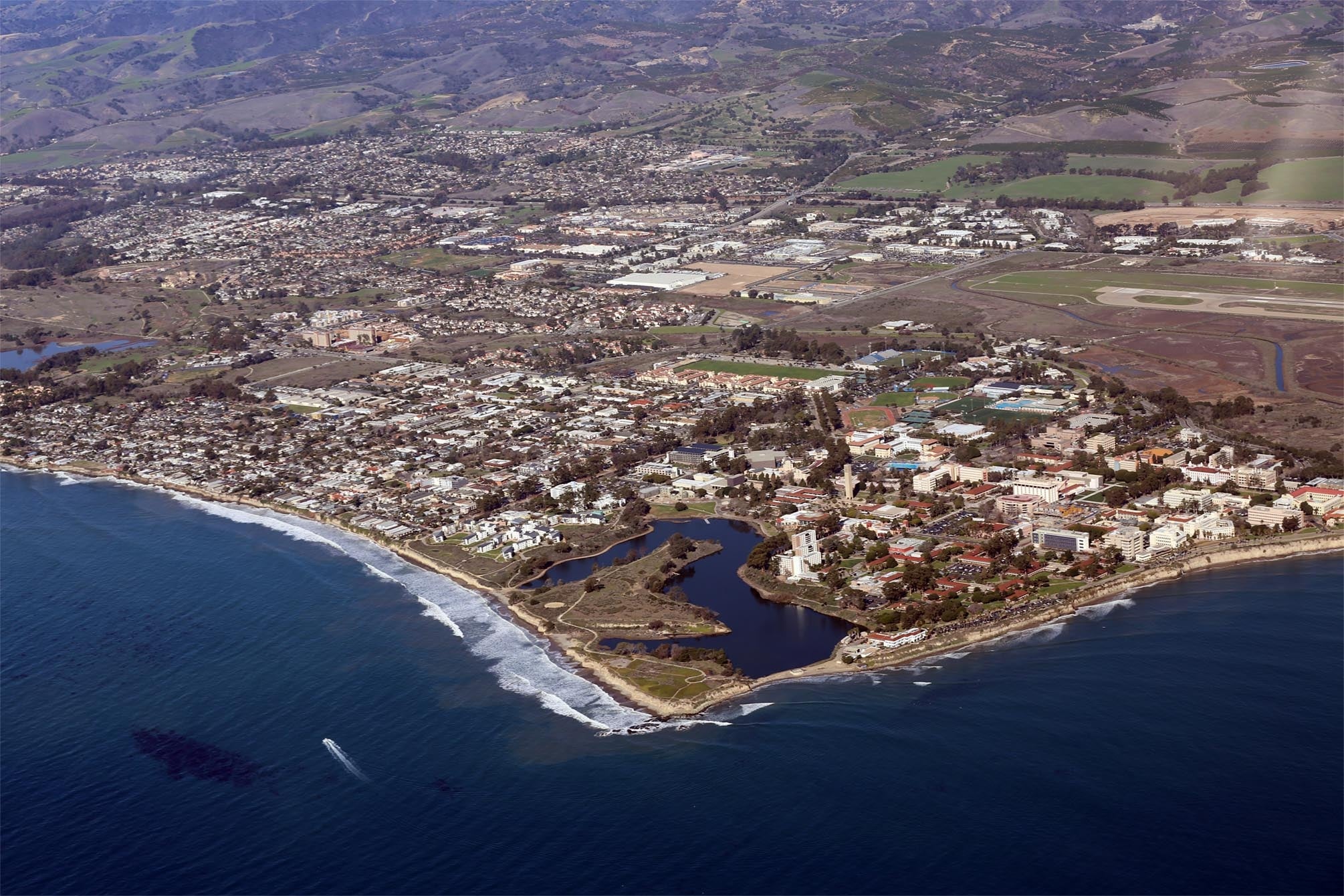
According to Carvalho, it would take extremely strong winds from the north for the campus to be in any sort of palpable danger from a wildfire. The fierce winds that hit Los Angeles in early 2025 illustrated that wildfire can rip through urban areas under extreme conditions. “This Santa Ana event exceeded our expectations and broke many paradigms,” Carvalho said. “This event showed us that homes can ignite when strong winds are present and embers can be transported randomly ahead of the fire line.”
But even with Sundowners — strong wind regimes similar to the Santa Anas — blowing a fire toward the coast, the flames would still need to traverse a large distance before threatening the university. Campus is the very last point on a fire’s path before reaching the ocean.
What’s more, it’s difficult for a fire to transition into an urban area because the fuel regime is different, explained Professor Charles Jones, also a meteorologist in the Geography Department.
UC Santa Barbara’s microclimate is less favorable to wildfires. Given its location near the ocean, the university benefits from the sea breezes that blow from offshore. These bring cool, humid air to campus, and blow toward the mountains. The coast is also often visited by the morning fog from offshore, cooling the area even more. The combined effects further shield the university from wildfire.
“Campus is so safe that the county actually sends people to us. We were a Red Cross shelter during the 2009 Jesusita Fire and the 2017 Thomas Fire,” said Emergency Manager James Caesar.
Of course, there's always the risk of a fire starting on campus. The university’s facilities and utilities share similar liabilities to any built environment. On a windy day this could spread across campus. Strict fire codes and emergency infrastructure helps mitigate this hazard. The campus is also home to Santa Barbara County Fire Department Station 17. The station serves the UCSB campus and areas of Isla Vista and the City of Goleta.
The campus architecture itself offers some protection from fire as well, noted UC Santa Barbara Adjunct Professor Max Moritz, one of the University of California’s wildfire specialists. Although the university was not specifically designed to be fire safe — like the Pepperdine or the Getty campuses — many of the buildings are naturally robust against fire. For instance, the campus’s familiar bespoke red cinder block is non-flammable.
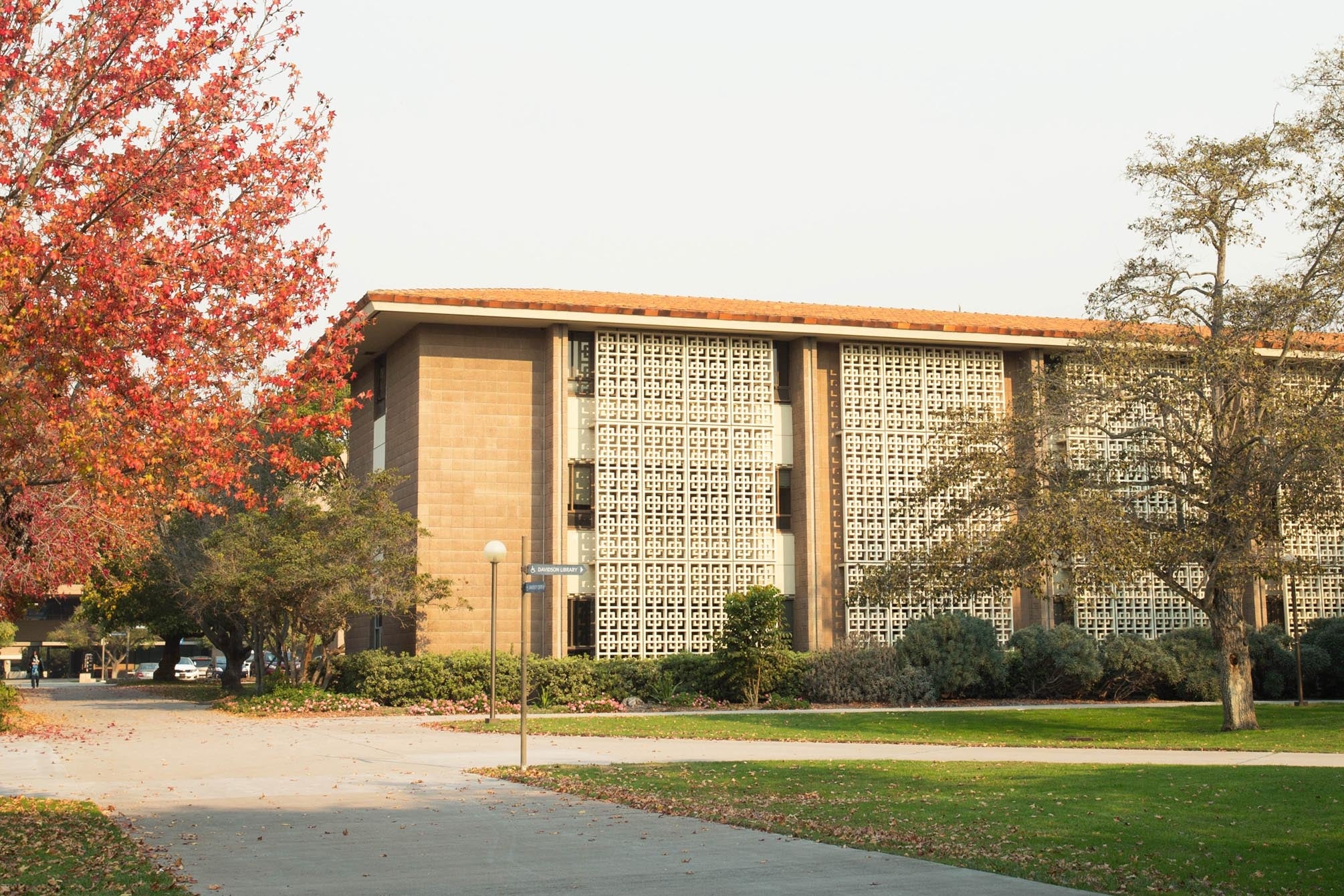
Were a fire ever to spread to campus, the university has emergency protocols in place. The UCSB alert system would notify students, faculty and staff via emails and text messages. The emails of all UCSB students and employees are automatically registered, explained Caesar, but he recommended adding additional contact information including cell phone numbers. He also encouraged community members to sign up for Santa Barbara County alerts on the county preparedness website.
UC Santa Barbara has extensive contingencies for effective evacuation and securing-in-place that also consider those with functional needs. “But it’s not just evacuation,” Caesar said, “you also have to figure out where these people are going.” That’s why the university has partnerships with public agencies and private companies, as well as plans for where to send people if travel home isn’t possible. UC Santa Barbara Emergency Management and Mission Continuity has a flyer outlining the campus evacuation plan, and information on emergency plans for other scenarios is available on their website.
No place in California is immune to wildfire. And the effects of smoke can travel far from their source, decreasing air quality dozens of miles away from a blaze. Nevertheless, UC Santa Barbara’s unique geography and weather afford it a measure of protection against wildfires that other locations don’t enjoy.
(Editor’s note: Portions of this story were first published in a 2021 article about protections afforded the campus by UCSB’s unique location.)

